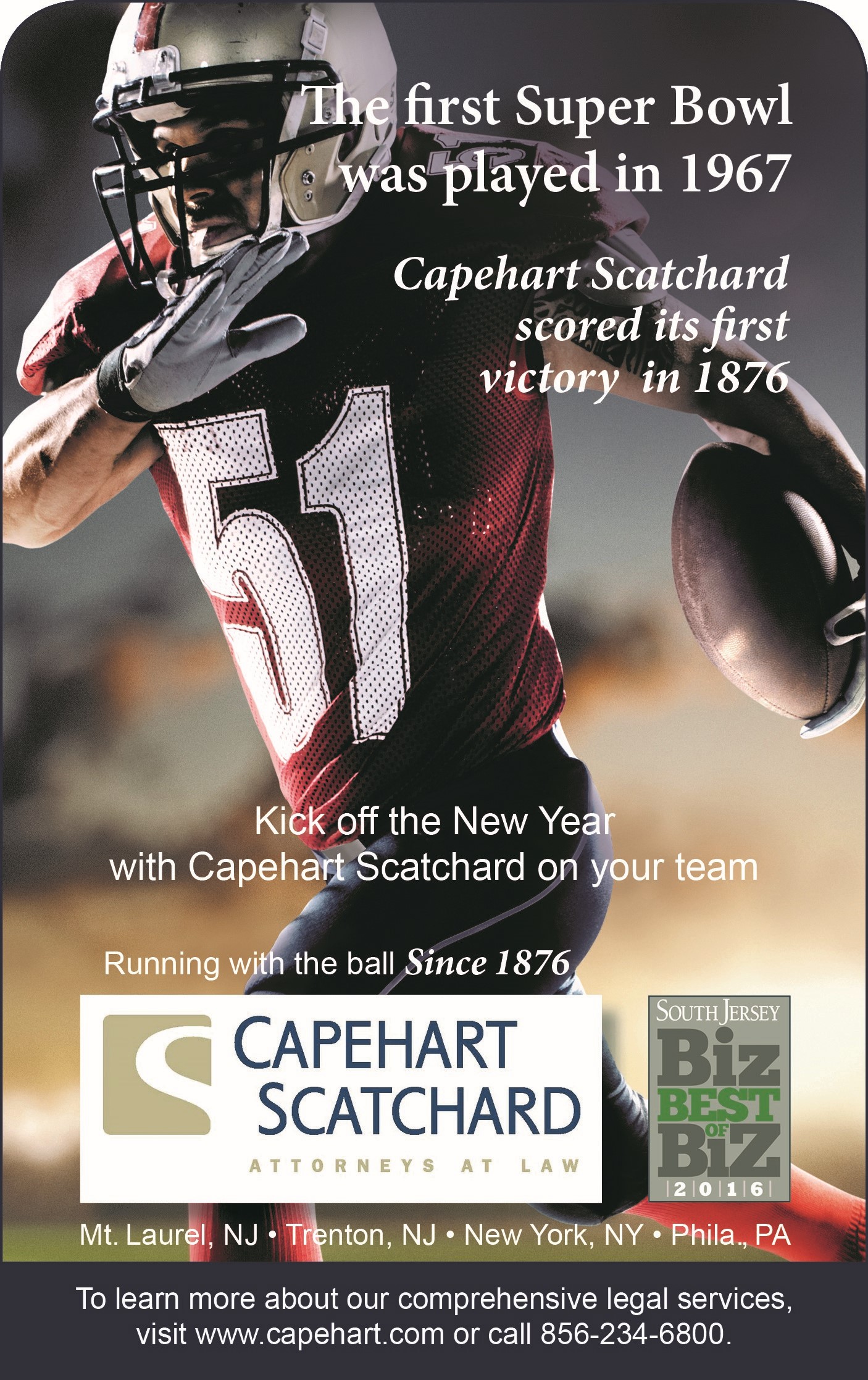Pro or Con: Reducing Pay While Employee Is On Light Duty?
I received an excellent question today from a reader of this blog. The question was this: “I’m looking for some information on whether it is acceptable to bring an employee back for light duty at a wage that is lower than their pre-accident wage provided that they are paid at least at the temporary total rate. So for instance, would it be acceptable to return a construction worker to a desk job at a reduced wage?”
Let me begin by stating that there are no published cases in New Jersey which answer this question. There are also no unpublished appellate level cases that provide guidance. Decisions have been handed down within the Division of Workers’ Compensation that address this issue but they are not binding on any other court. As a result, I can only provide guidance with my answer. There is simply no case or statutory law which answers this question.
Two observations should be made at the outset. The first is that most employers pay the normal wage when someone is on light duty. The second is that no employer wants to be the first test case on the question posed above! The reason there are not published or unpublished appellate division cases is that employers recognize that if they push this issue all the way to the appellate division, they may make bad law for all employers.
Having said that, let me provide some guidelines. Temporary disability benefits replace lost wages from a work injury or occupational disease. They are non-taxable, which means that someone who earns $1,300 per week but is receiving $871 per week in temporary disability benefits is nearly made whole when one considers the non-taxability of temporary disability benefits.
The issue raised by the reader above is often discussed in workers’ compensation courts around the state. The consensus among practitioners and judges is that Judge Cox was right in his opinion in Soto v. Herr’s Foods, Inc., 2012 NJ Work. Comp LEXIS 4 (September 7, 2012). That case involved an employer who reduced an employee’s wages on light duty below the amount of temporary disability benefits. The petitioner had been earning $976.15 per week at the time of his injury. His temporary disability benefit rate was $683.31 per week. The doctor approved four hours per day of light duty initially, but the employee received a net payment of $329.43 per week, which was substantially less than his temp rate. Judge Cox wrote:
It seems rather obvious to this Court that if Respondent is responsible for the payment of temporary disability benefits, and, in this case, the amount to which Petitioner is entitled is $683.31 per week, to allow Respondent to provide minimum light duty and only pay the Petitioner an amount less than the $683.31 to which he is entitled defeats the purpose of both the temporary disability and the light duty provisions of the workers’ compensation statute.
The employer did not appeal the decision of Judge Cox. There is no doubt that the decision would have been affirmed had it been appealed. The Workers’ Compensation Act is social legislation, and courts certainly recognize that injured workers need to live on the amount of temporary disability benefits, which are capped in 2016 at $871 per week and will rise to $896 per week in 2017. Temporary disability benefits are paid at 70% of wages subject to the annual cap.
One can conclude from Judge Cox’s decision that employers would be unwise to pay someone on light duty an amount less than the temporary disability rate. For employers who do not wish to pay the full wage on light duty, they should, in this practitioner’s opinion, take into account the tax impact of earned wages to make sure the employee is getting an amount after taxes equal to the amount of temporary disability benefits. If an employee is being paid $800 per week on non-taxable temporary disability benefits and returns to work light duty at $800 taxable income per week, the employee will argue that he or she is being penalized because earned wages are taxable.
The best way to answer the reader’s question is this: an employer who pays an employee on light duty an amount less than the full wage but equal to or higher than the temporary disability rate is doing something consistent with the decision in Soto, so long as the tax impact is considered. The Soto decision did not say that the employee must receive the full wage before the injury. The philosophy behind Judge Cox’s decision is that light duty should not result in a financial penalty to injured workers. While Judge Cox’s decision is not precedential, the vast majority of judges and practitioners agree with the reasoning in the case.
What is clear is that employers who reduce pay while on light duty below the temporary disability rate run the risk of getting hit with a motion for temporary disability benefits along with penalties. Our office does not recommend reducing pay on light duty below the temporary disability rate for this reason and most of our clients pay the pre-injury wage while an employee is on light duty.
The other part of the reader’s question is whether an employee who does one type of work can be assigned to another type of work while on light duty. This is a common practice in New Jersey, and unless there is a collective bargaining agreement prohibiting temporary reassignment to another job on light duty, employers can make such temporary reassignments. After the light duty, the employee is returned to his pre-injury position.








Connect with Capehart Scatchard